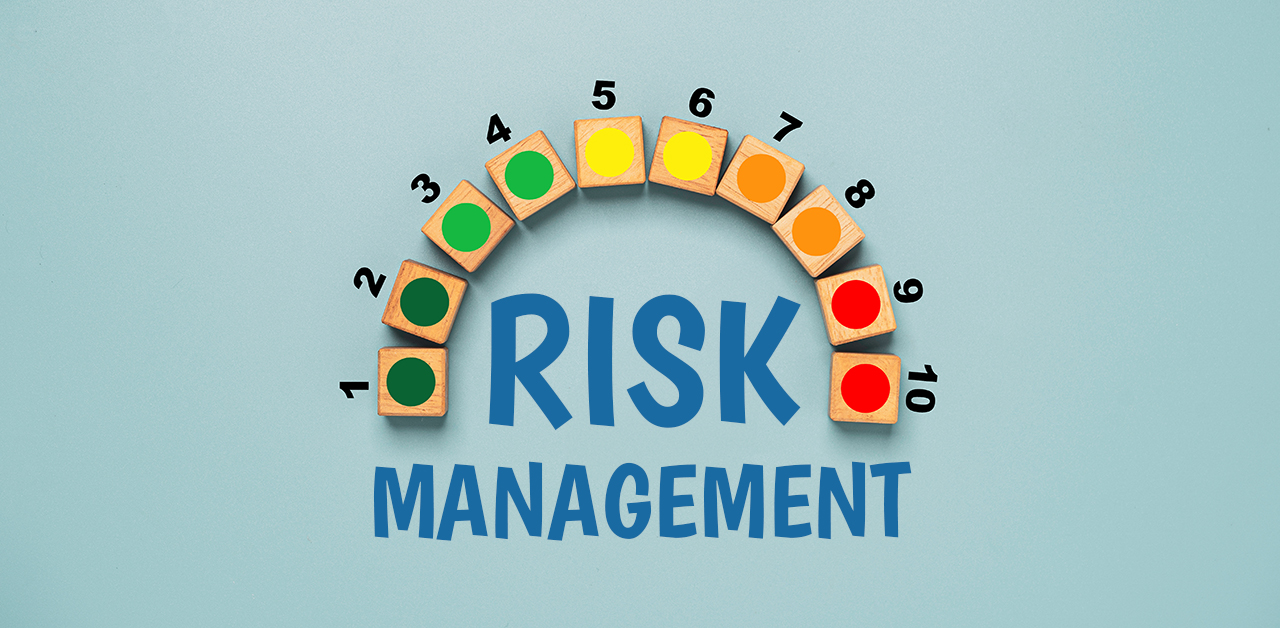When I get an opportunity to work in an historic landmark, I am usually curious about the facility and why it’s on the list of “historic” buildings so I’ll do a little research to learn about its past. After our most recent decommission project at the 350 E. Cermak building in Chicago, I become even more impressed by this structure. Even though OceanTech has done other projects in this legendary facility it wasn’t until the latest project that I truly understood how far ahead of its time the building actually was when it was constructed. Not only is it one of Chicago Historic Landmarks, it’s also one of the country’s largest data centers. Most decommission projects that OceanTech is involved in, are done in a typical data center that is located in areas that have a lot of open land around them because most modern data center are buildings that were designed for that specific purpose. They are enormous structures and very impressive in their efficiency and their capacity to store and move data. They are typically located in areas that resemble an industrial park with many similar structures around them. The parks are designed and constructed to handle the specific needs of the buildings such as tremendous amounts of power with backup generators and the need for 24-hour surveillance or other security demands. Which makes me wonder, how many people realize that just a few years back, the country’s largest data center was located in a building that was constructed over a 100 years ago along Chicago’s lakefront and in a structure whose exterior is Gothic-influenced with symbols of the history of the printing industry as opposed to a building that was constructed to house massive amounts of servers and cabling?Well, the 350 E. Cermak building is one of the county’s largest datacenter and where OceanTech was for one of our regular customers to do a data center decommissioning project. This historic building is located on the South Loop of Chicago’s central business district, just off of the shores of Lake Michigan. The building was constructed in four stages over a 17-year period from 1912 to 1925. We’ve done a number of projects inside the 350 E. Cermak site which was originally known as the Calumet Plant and was the long- time headquarters of the R. R. Donnelley and Sons Company, a prominent US printing house. The history of the eight-story building is fascinating. The floors of the structure were some of the first to be constructed with reinforced concrete to bear the weight of the enormous printing presses and massive amount of paper the company needed. Meanwhile, the building was also designed to be a dignified and beautiful structure that in the words of Thomas Donnelly, one of the sons of founder Richard R. Donnelley, would be “something that will be beautiful not only today, but one hundred years from now.” Inside the massive walls of the building, publications such as Time and Life magazine were printed for decades, mail-order catalogs for Sears and Montgomery Wards were produced and sent out all over the country and first-edition books were printed and bound thus supplying the country with a tremendous amount of information and printed materials. Donnelley’s Calumet plant was always considered to be ahead of its time by taking advantage of some of the most update to date technologies of its time. Not only the reinforced floors and columns but also using materials to make the building fire proof, creating permanent building signage in stone and metal and also housing multiple water towers. The building also was designed with many open floors, a variety of shafts and wide walkways to allow for the pallets of printed material to be moved freely throughout the building from the storage area to the printing floor and then to shipping and the loading dock.Well, Thomas Donnelly got his wish because 100 years later his building is still stunning and the state-of-the-art technologies and structural details that went into creating a building which his printing company called home for over six decades are now the exact specifics that make this an excellent building to house one of the county’s largest data centers. Reinforced floors and walls are perfect for holding multiple racks and rails of servers that are needed. The large open spaces and shafts make cabling simpler to run and the movement of equipment easier. Also, the open space helps with ventilation in a building with a massive need for cooling. The building also has a state-of-the-art security system and the cooling capacity is impressive to say the least.At this colocation, we worked in a live environment taking great detail not to disrupt any of the equipment we were not to remove. The building has over 70 tenants including many financial firms who house their data centers here because of the strength of the infrastructure. For this project, we removed a large quantity of 1U and 4U servers as well as SSDs (Solid State Drives). The project was completed on time and without interruption.After again spending a few days in this historic structure, I’m left wondering what will our modern-day data centers be in 100 years? Will they stand the test of time like East Cermak building? We went from moving and storing information via printed material like this building produced for over six decades to moving information over fiber optics lines and storing it on servers and SSDs and this building has done both. It makes me curious what it will all look like over the next 100 years.


